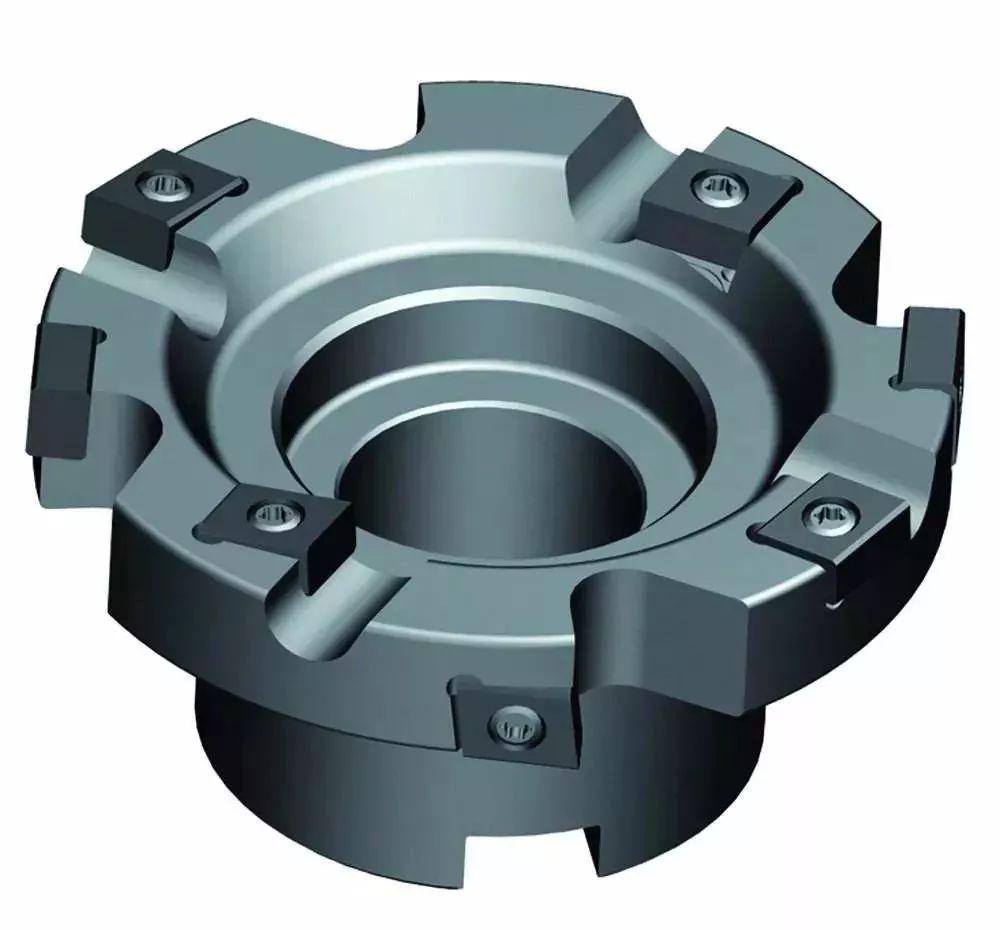
What is the difference between traditional drilling and helical milling?
As a new type of hole processing method, helical milling technology has the advantages of stable cutting process, small cutting force on the tool, and one-time processing can meet the accuracy requirements. This technology has become one of the hotspots and difficulties in material processing research at home and abroad. So, what is the difference between traditional drilling and helical milling?
Traditional Drilling Process
The traditional drilling process mainly has the following characteristics:
First, in the traditional drilling process, the linear speed of the spindle center is 0, that is, the center of the drill bit does not participate in cutting, and the material in the central area of the workpiece must be completely removed by the downward thrust of the drill, so the drill bit bears The Z-direction force is very large. When processing difficult-to-machine materials such as titanium alloys, rapid wear and failure of the tool is inevitable.
Second, the traditional drilling process is a continuous cutting process, the blade is always in contact with the workpiece, the temperature of the contact surface is very high during cutting, and the thermal conductivity of titanium alloy is poor, the continuous cutting process makes the temperature accumulate continuously, which also accelerates the The wear of the tool fails, resulting in a decrease in the quality of the machined surface.
Third, the chip removal method of traditional drilling is also a cause of tool failure. During the drilling process, the chips are discharged from the slot of the drill bit, the chip removal speed is slow, and the cutting heat is mainly taken away by the chips. When the cutting heat cannot be evacuated in time, a large amount of cutting heat remains on the workpiece and the tool, which will cause Accelerated tool wear failure.
In addition, when the chips are in direct contact with the surface of the machined hole, the machined surface will be scratched. Obviously, this way of chip removal affects the surface quality of the hole. Generally speaking, the quality of traditional drilling processing cannot meet the precision requirements of the aircraft manufacturing industry, and other processes must be relied on to ensure the surface quality of the holes, which reduces work efficiency and increases processing costs. From a technical feasibility and economic point of view, the traditional drilling process is no longer suitable for the aircraft industry.
Helical milling process

Compared with the traditional drilling process, the helical milling hole adopts a completely different processing method. The helical milling process is composed of two movements: the "rotation" of the main shaft and the "revolution" of the main shaft around the center of the hole. This special movement mode determines the advantages of the helical milling hole.
First of all, the trajectory of the tool center is a helical line instead of a straight line, that is, the tool center no longer coincides with the center of the machined hole, which is an eccentric machining process. The diameter of the tool is different from the diameter of the hole, which breaks through the limitation of one tool in the traditional drilling technology to process the same diameter hole, and realizes a single diameter tool to process a series of diameter holes. This not only improves the processing efficiency, but also greatly reduces the number and types of stored tools, and reduces the processing cost.
Secondly, the helical milling process is an intermittent milling process, which is conducive to the heat dissipation of the tool, thereby reducing the risk of tool wear and failure due to temperature accumulation. More importantly, compared with traditional drilling, the helical milling process has greatly improved the use of coolant. The entire milling process can be cooled by minimal lubrication or even air cooling, which is a green and environmentally friendly process. .
